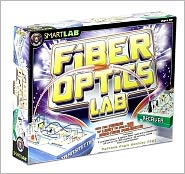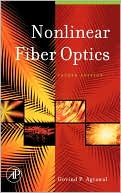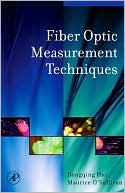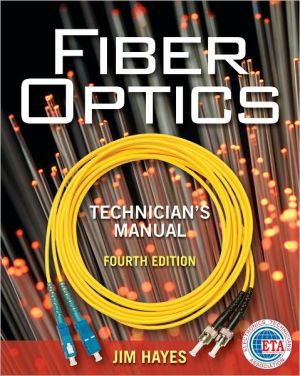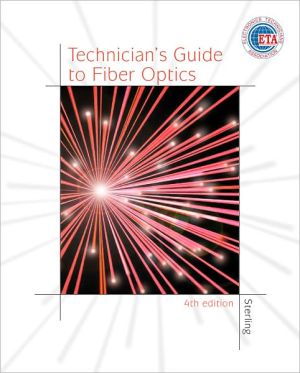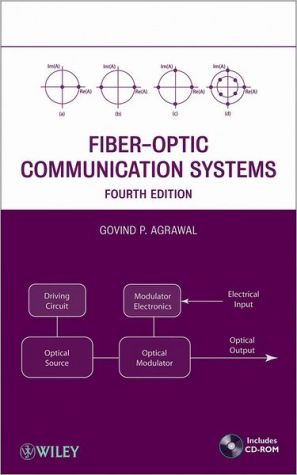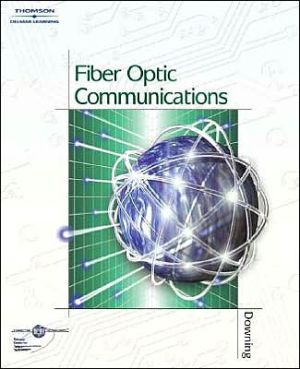Optical Networking Best Practices Handbook
Optical Networking Best Practices Handbook presents optical networking in a very comprehensive way for nonengineers needing to understand the fundamentals of fiber, high-capacity, high-speed equipment and networks, and upcoming carrier services. The book provides a practical understanding of fiber optics as a physical medium, sorting out single-mode versus multi-mode and the crucial concept of Dense Wave-Division Multiplexing. Review "…a useful supplement to an advanced...
Search in google:
A step-by-step approach to everything you need to know about optical networking From the fundamentals to advanced science to the most promising R&D, this book describes and illustrates how optical networking technology works. The author explains the underlying concepts, demystifies buzzwords and jargon, and instills a practical understanding of technologies and solutions, all without resorting to excessive detail. Not only do readers come to understand the current state of the technology, but they also gain valuable insight into the future of optical networking. Following a discussion of the fundamentals of communications, the author breaks the topic down into logical components, including:Fiber optics, carrier networks, optical networking equipment, and broadband servicesHow glass fiber is used as a physical medium for communications and how light is used to represent informationComparison of single- and multi-mode fiber and vendorsConcept of fiber rings, including the two principal strategies that carriers use to organize capacity: traditional SONET/SDH channels and newer IP/ATM bandwidth on demand servicesLatest wave of promising new equipment, configurations, and services, including Gig-E services, dark fiber, managed IP services, and virtual private networks (VPNs) Case studies, examples, and projects help readers understand how to install, configure, and troubleshoot optical networking technologies. A glossary at the end of the book defines terms and acronyms. With this handbook, readers come to understand why optical technologies are viewed as the best solution to meet ever-growing capacity demands. By building knowledge from a solid foundation of the basics, it is not only appropriate for network engineers, managers, and consultants, but also for any professional who needs to understand how optical networking works.
1Optical networking fundamentals12Types of optical networking technology333Optical transmitters784Types of optical fiber955Carriers' networks1086Passive optical components1377Free-space optics1608Optical formats : synchronous optical network (SONET)/synchronous digital hierarchy (SDH), and gigabit ethernet1799Wave division multiplexing23310Basics of optical switching26311Optical packet switching31812Optical network configurations32613Developing areas in optical networking33714Summary, conclusions, and recommendations374AppOptical ethernet enterprise case study415
\ From the Publisher"…a useful supplement to an advanced undergraduate or graduate curriculum…a helpful reference work for networking engineering professionals." (Computing Reviews.com, February 16, 2006)\ \

